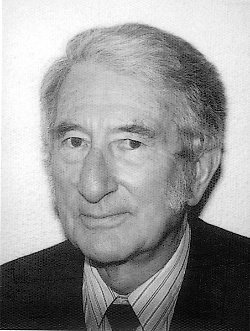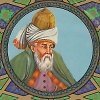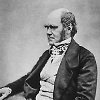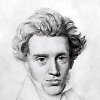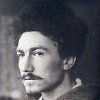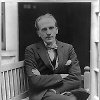A child learning his [her] mother tongue is learning how to name; he [she] is building up a meaning potential in respect of a limited number of social functions. These functions [instrumental, regulatory, interactional, personal, heuristic, and imaginative] constitute the semiotic environment of a very small child, and may be thought of as universals of human culture
Halliday (1978, p. 121) as cited in: Harry Daniels, Michael Cole, James V. Wertsch (2007) The Cambridge Companion to Vygotsky. p. 148.
![A child learning his [her] mother tongue is learning how to name; he [she] is building up a meaning potential in respect of a limited number of...](https://img.libquotes.com/pic-quotes/v1/michael-halliday-quote-lbk2j8a.jpg)
![A child learning his [her] mother tongue is learning how to name; he [she] is building up a meaning potential in respect of a limited number of...](https://img.libquotes.com/pic-quotes/v2/michael-halliday-quote-lbk2j8a.jpg)
![A child learning his [her] mother tongue is learning how to name; he [she] is building up a meaning potential in respect of a limited number of...](https://img.libquotes.com/pic-quotes/v3/michael-halliday-quote-lbk2j8a.jpg)
![A child learning his [her] mother tongue is learning how to name; he [she] is building up a meaning potential in respect of a limited number of...](https://img.libquotes.com/pic-quotes/v4/michael-halliday-quote-lbk2j8a.jpg)
